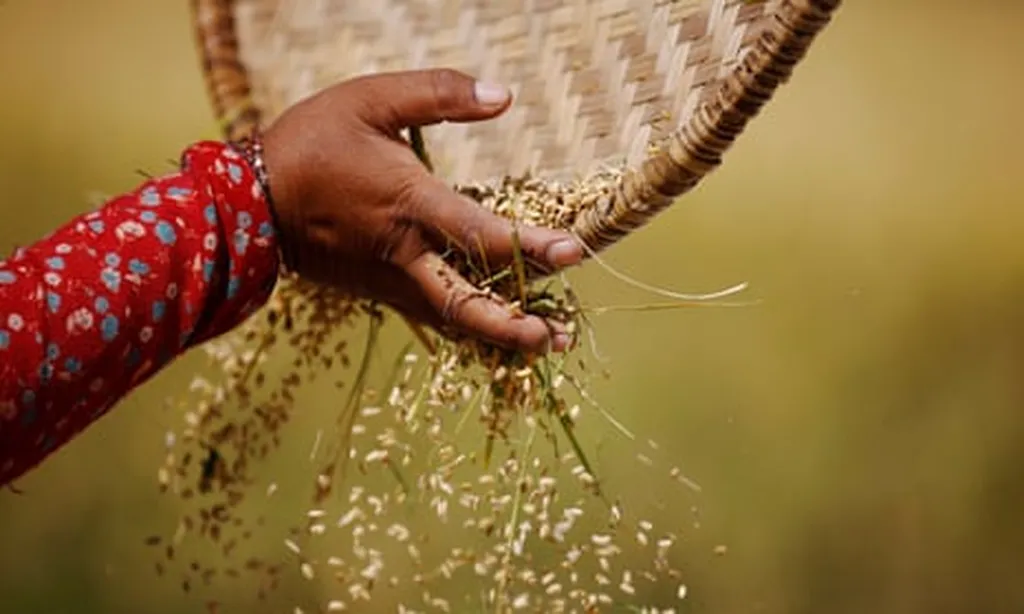In the heart of China, researchers have uncovered a genetic treasure trove that could revolutionize soybean farming and bolster disease resistance in one of the world’s most important crops. Led by Chunlei Zhang from the Soybean Research Institute of Heilongjiang Academy of Agricultural Sciences in Harbin, a team of scientists has comprehensively characterized the soybean CAM/CML gene family, shedding light on its crucial role in combating two devastating pathogens: the soybean mosaic virus (SMV) and Cercospora sojina.
Calmodulin (CAM) and calmodulin-like (CML) proteins are essential calcium sensors that help plants respond to various stresses, including diseases. However, until now, a thorough understanding of these genes in soybeans and their connection to disease resistance has been elusive. “We identified and characterized 113 CAM/CML genes in the soybean genome,” Zhang explains. “This includes 11 GmCAMs and 102 GmCMLs, which we analyzed using bioinformatic tools to understand their structure, evolution, and function.”
The team’s findings, published in the journal *Frontiers in Plant Science* (translated as “植物科学前沿”), reveal that these genes are not only diverse but also play a significant role in the plant’s defense mechanisms. Phylogenetic analysis showed that the gene family has expanded through both ancient and recent duplication events, leading to a rich tapestry of genetic diversity. “We found that gene structure is more conserved among GmCAMs compared to GmCMLs,” Zhang notes. “This suggests that GmCAMs might have more stable and ancient functions, while GmCMLs have diversified more recently to adapt to new challenges.”
One of the most compelling aspects of the study is the identification of 15 GmCAM/CML genes that exhibit significantly altered expression in response to both SMV and Cercospora sojina. Among these, GmCML23, GmCML47, and GmCAM4 showed the strongest correlation with resistance phenotypes. “These genes could be key players in the plant’s defense arsenal,” Zhang says. “They offer promising candidates for enhancing soybean resistance to multiple pathogens through molecular breeding strategies.”
The commercial implications of this research are substantial. Soybean is a critical crop in the global agricultural landscape, with applications ranging from food and feed to biofuels and industrial products. Diseases like SMV and Cercospora sojina can cause significant yield losses, impacting farmers’ livelihoods and the broader economy. By understanding and harnessing the power of these CAM/CML genes, researchers can develop more resilient soybean varieties that are better equipped to withstand pathogen attacks.
“This research opens up new avenues for crop improvement,” Zhang explains. “By identifying these key genes, we can use them as markers in breeding programs to select for disease-resistant varieties. This could lead to more sustainable and productive soybean farming, benefiting both farmers and the environment.”
The study also provides valuable insights into the evolutionary history and functional diversification of the soybean CAM/CML gene family. This knowledge can guide future research efforts, helping scientists uncover even more genetic secrets that could be harnessed for agricultural innovation.
As the world grapples with the challenges of climate change and a growing population, the need for resilient and productive crops has never been greater. The work of Chunlei Zhang and his team offers a beacon of hope, demonstrating the power of genetic research to drive agricultural advancements. By unlocking the secrets of the soybean CAM/CML gene family, they are paving the way for a more secure and sustainable future in soybean farming.

